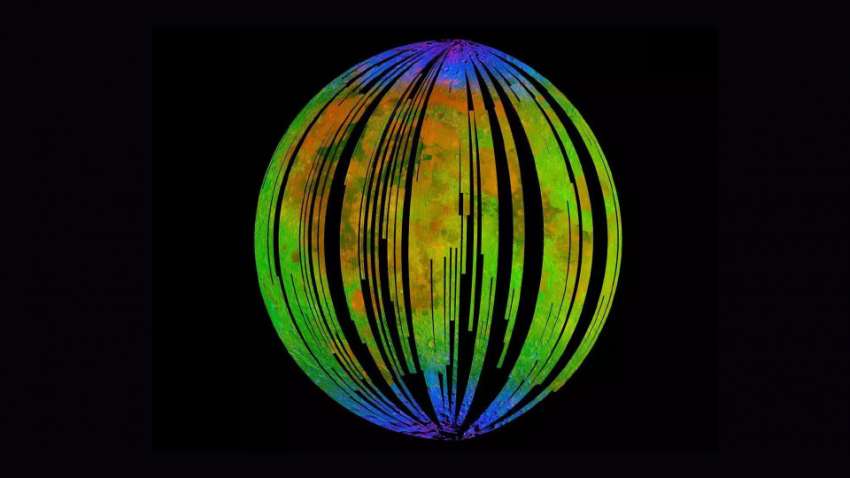
SOURCE: NEWS HEAD
In yet another significant data of Moon having water on its surface, ISRO’s Chandrayaan 1 has shown rusting on the planet. With rusting seen on the planet, it is clear that water must be present on the planet as the phenomenon can happen only when iron comes in contact with water and oxygen.
It is known that Moon is rich in Iron but the presence of oxygen and water on it has been a question of investigation for many years. “The Moon is a terrible environment for hematite to form in,” said Shuai Li, the lead author of the paper published in Science Advances.
Meanwhile, researchers in NASA have a different take and claim that Earth’s atmosphere may have a role to play in it.
The moon is mostly in direct contact with the Sun’s solar particles and without atmosphere hydrogen must prevent the surface from getting rusted. So in order to have rust, such particles must be stopped from coming in direct contact.
Earth’s atmosphere may have had a helping hand to give. The planet’s magnetotail — the part of its magnetic atmosphere that extends away from the Sun — is capable of blocking out 99% of the solar wind aimed at the Moon when it’s in its Full Moon phase.
That part of the lunar cycle gives iron on the Moon occasional windows of opportunity for rust to form.
Earth’s magnetotail does more than just provide the Moon with a shield. During that interaction, some of the oxygen from the planet also gets transferred over. This was confirmed by Japan’s Kaguya orbiter in 2007.
Meanwhile, the Moon is believed to be a dry planet, it is likely that the poles of the planet may be hosting water and there have been many significant examples to prove it.






